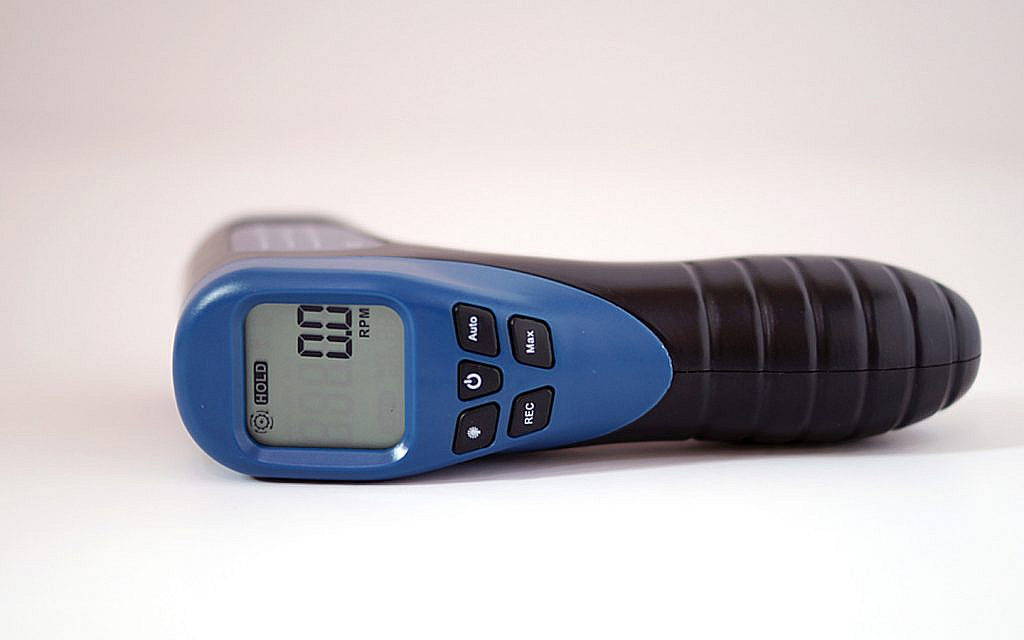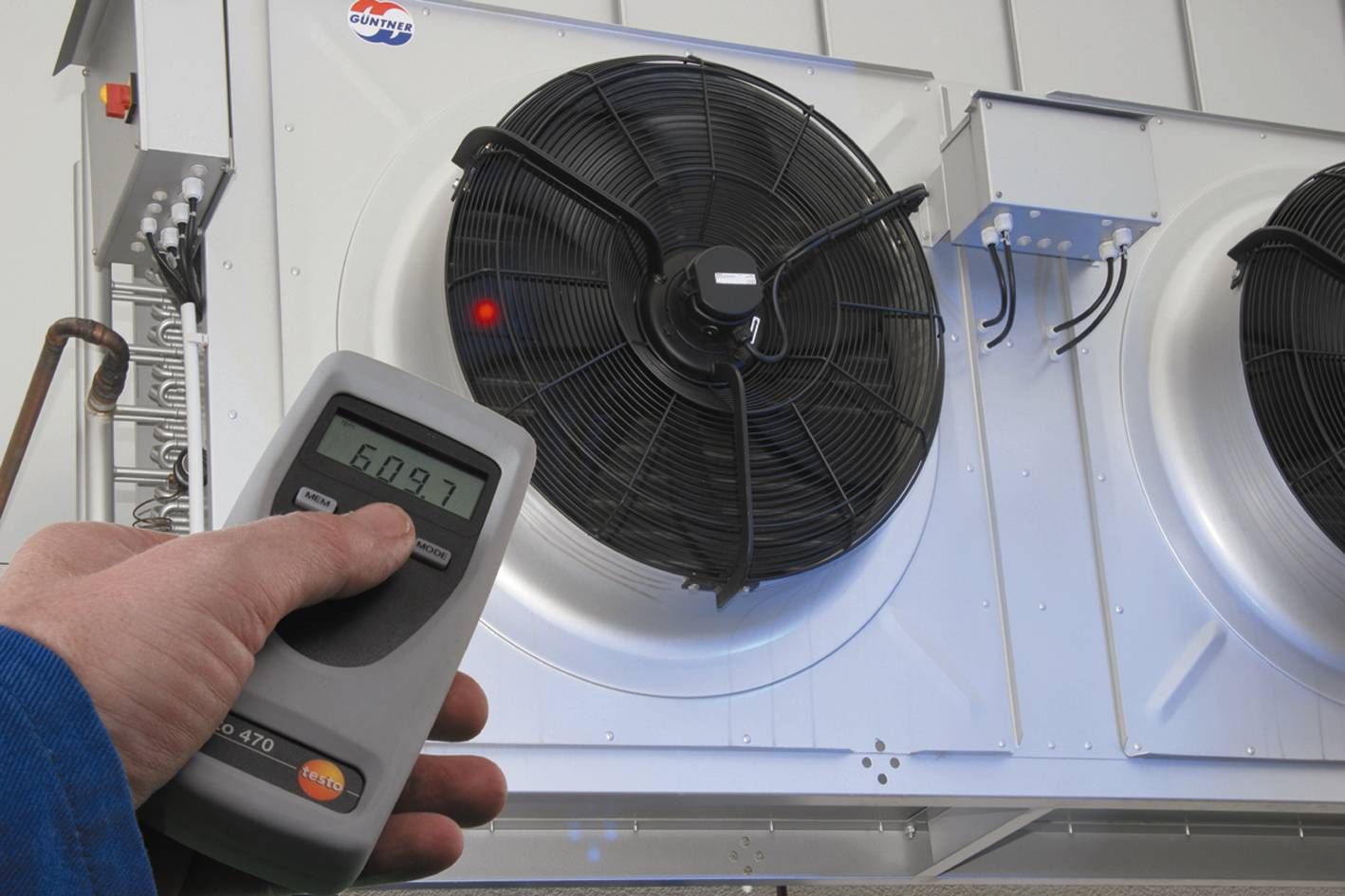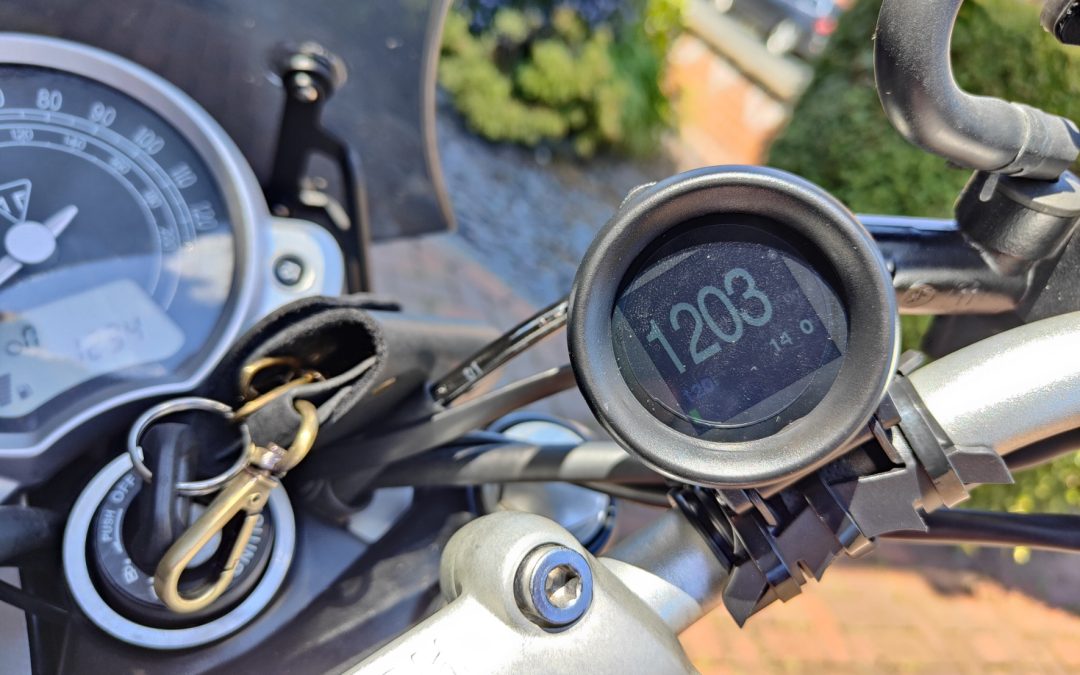Why is a tachometer important? This question often arises among both amateur car enthusiasts and seasoned industry professionals. A tachometer is a crucial device that plays an essential role in various fields, especially in automotive technology. Its importance cannot be overstated. By accurately measuring the rotational speed of an engine, a tachometer provides critical data that can influence performance and maintenance decisions.
Imagine driving without knowing how fast your engine is runningit would be quite challenging! The tachometer not only ensures optimal performance but also extends the lifespan of your engine by preventing over-revving. All these factors make a tachometer indispensable. But lets dive deeper to truly understand its significance.

Table of Contents
- Definition and Function of a Tachometer
- Types of Tachometers
- The Role of Tachometers in Automobiles
- Tachometers in Industrial Applications
- How Tachometers Work
- Benefits of Using Tachometers
- Common Use Cases for Tachometers
- Maintenance and Care for Tachometers
- Modern Technology in Tachometers
- Safety Aspects Related to Tachometers
- Frequently Asked Questions
Definition and Function of a Tachometer
A tachometer is a device that measures the rotational speed of an object, typically in revolutions per minute (RPM). In the context of automobiles, its used to measure the RPM of the engine.
Types of Tachometers
Analog Tachometers
Analog tachometers use a needle and dial to display engine speed. Despite being an older technology, they remain popular due to their simplicity and reliability.
Digital Tachometers
Digital tachometers display the RPM electronically on a screen. They are highly accurate and can offer additional functionalities, such as data logging. Read more here.
Contact and Non-Contact Tachometers
Contact tachometers require physical contact with the rotational device, while non-contact tachometers measure RPM using laser or optical sensors.
The Role of Tachometers in Automobiles
In vehicles, a tachometer provides real-time data on engine speed. This information is crucial for ensuring efficient gear shifts and preventing engine damage.
Check out our high-speed inspection tools for more insights.
Tachometers in Industrial Applications
In industrial settings, tachometers are used to monitor machinery and ensure optimal performance. They play a vital role in maintaining production efficiency and safety.
How Tachometers Work
Most tachometers function by measuring the frequency of pulses generated by the engine. They then convert this data into readable RPM values.
Discover more about genetic analysis monitoring.
Benefits of Using Tachometers
- Accurate Engine Monitoring
- Prevent Over-Revving
- Improve Fuel Efficiency
- Improve Overall Engine Health
Common Use Cases for Tachometers
Beyond vehicles and industrial machinery, tachometers are used in applications such as wind turbines, drones, and even medical devices.
Maintenance and Care for Tachometers
Regular maintenance is essential to ensure the accuracy and longevity of your tachometer. Clean the device regularly and check for any signs of wear and tear.
Explore our application inspection tools for more tips on maintenance.
Modern Technology in Tachometers
Modern tachometers incorporate advanced technologies like Bluetooth connectivity and smartphone integration, making them more versatile and user-friendly.
Safety Aspects Related to Tachometers
Properly functioning tachometers are crucial for safety, especially in high-performance vehicles and industrial environments. They help in monitoring and controlling engine speed, preventing accidents.

Frequently Asked Questions
What is the main function of a tachometer?
A tachometer measures the RPM of an engine or other rotating devices, providing valuable data for performance and safety assessments.
Are digital tachometers better than analog ones?
Digital tachometers are generally more accurate and offer additional features, but analog tachometers are simpler and can be more durable.
How often should a tachometer be calibrated?
It’s recommended to calibrate a tachometer annually to ensure its accuracy, although the frequency may vary based on usage and manufacturer guidelines.
For more information, you can also visit Tachometer Details.
